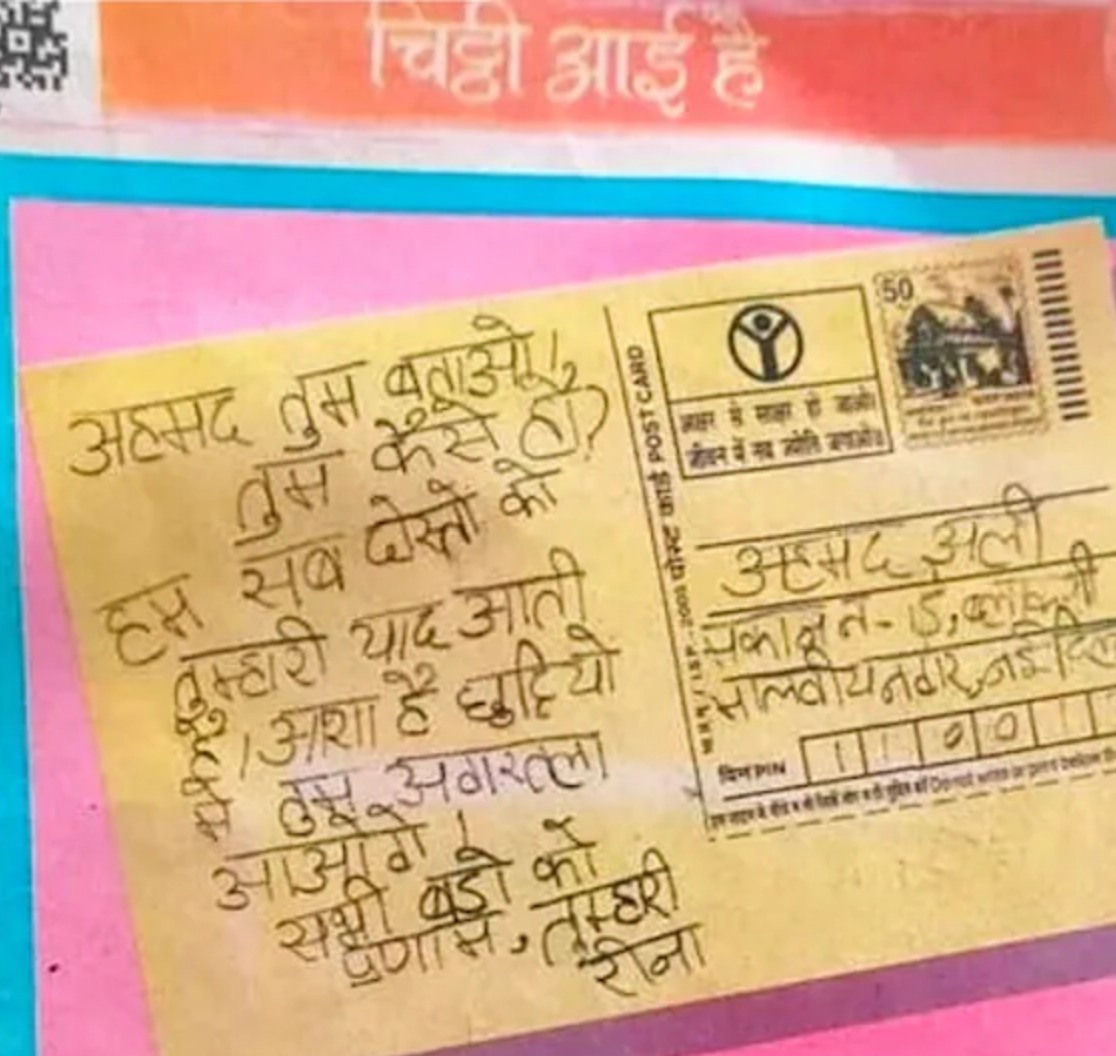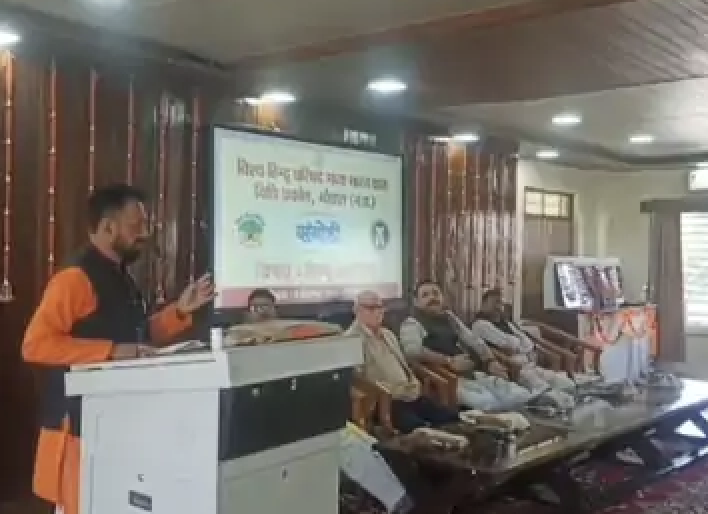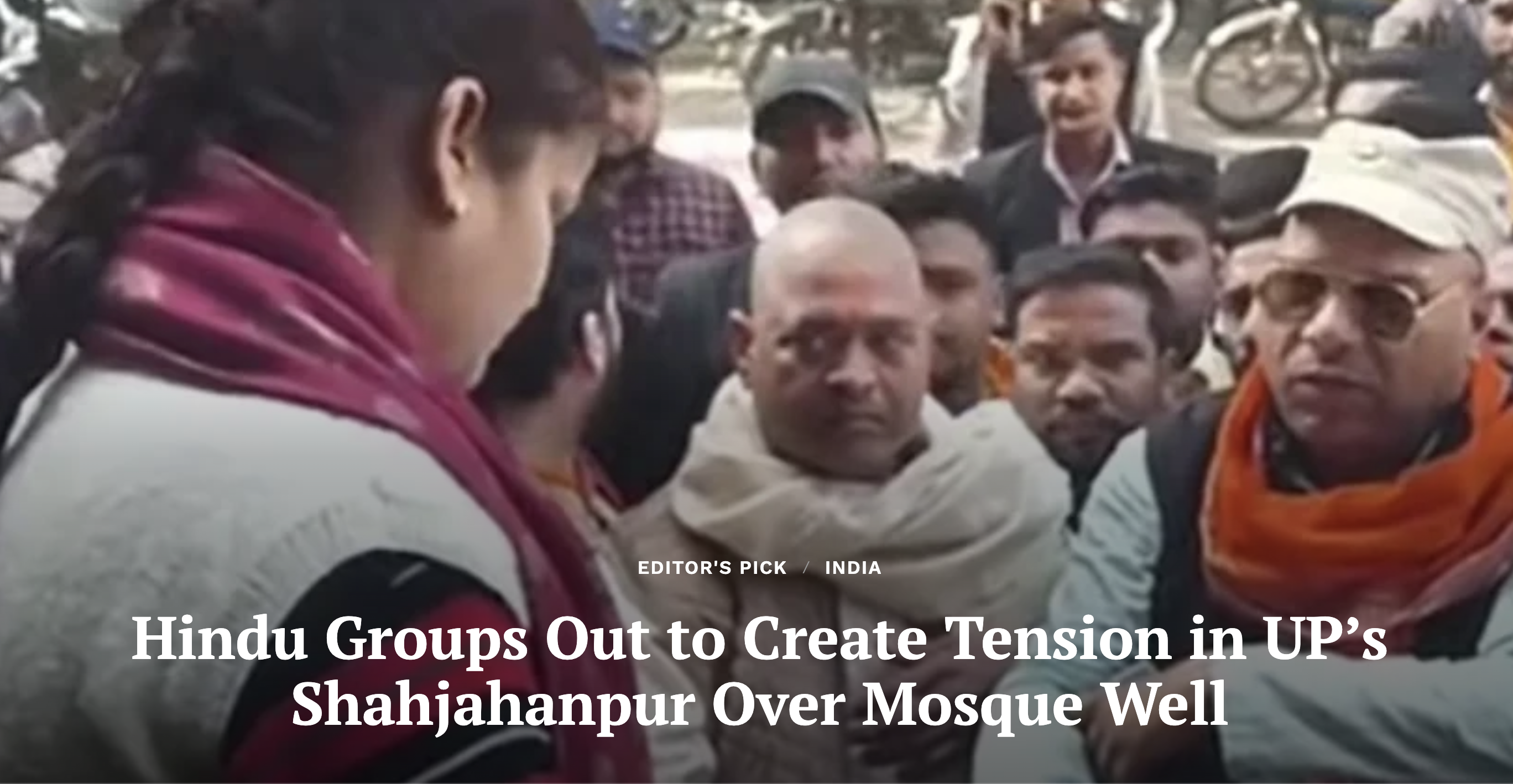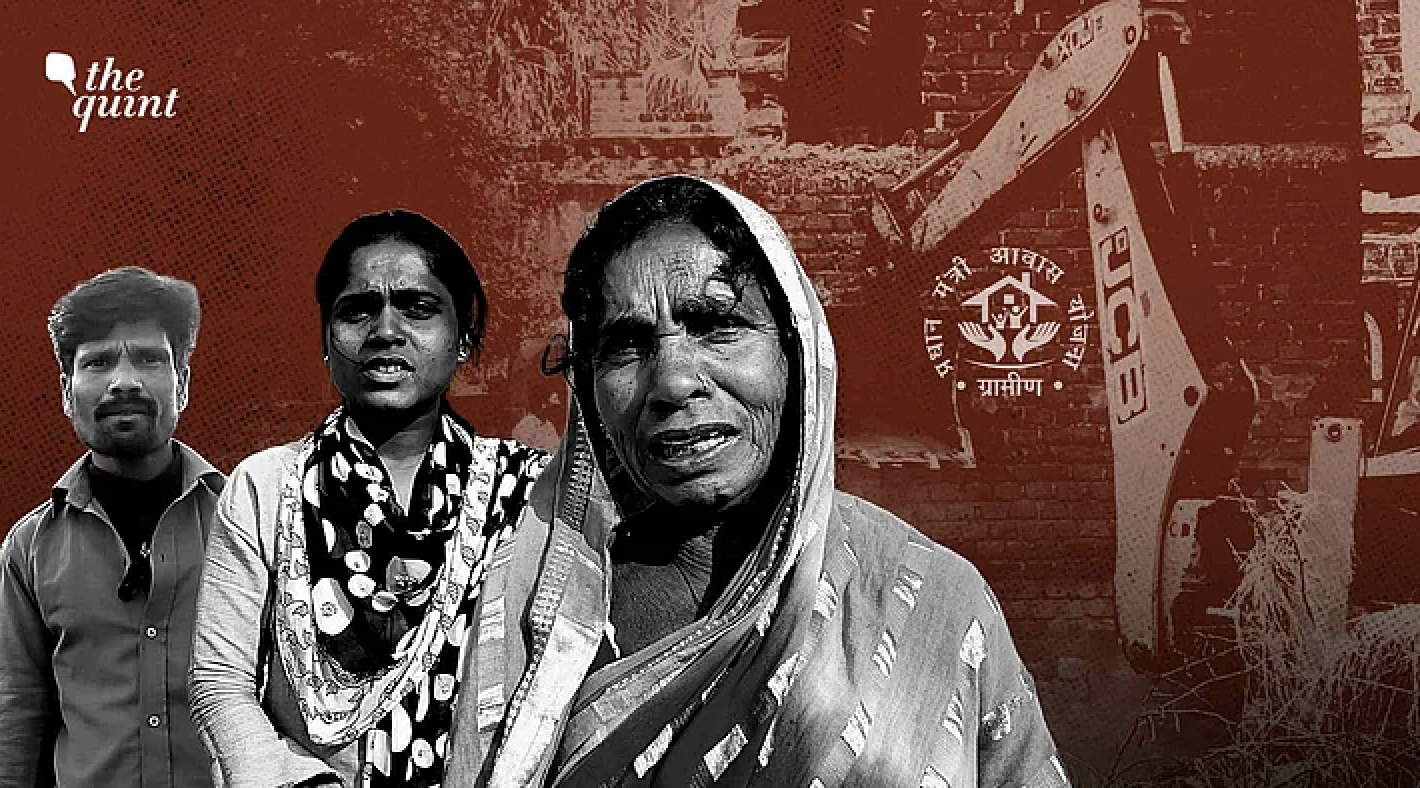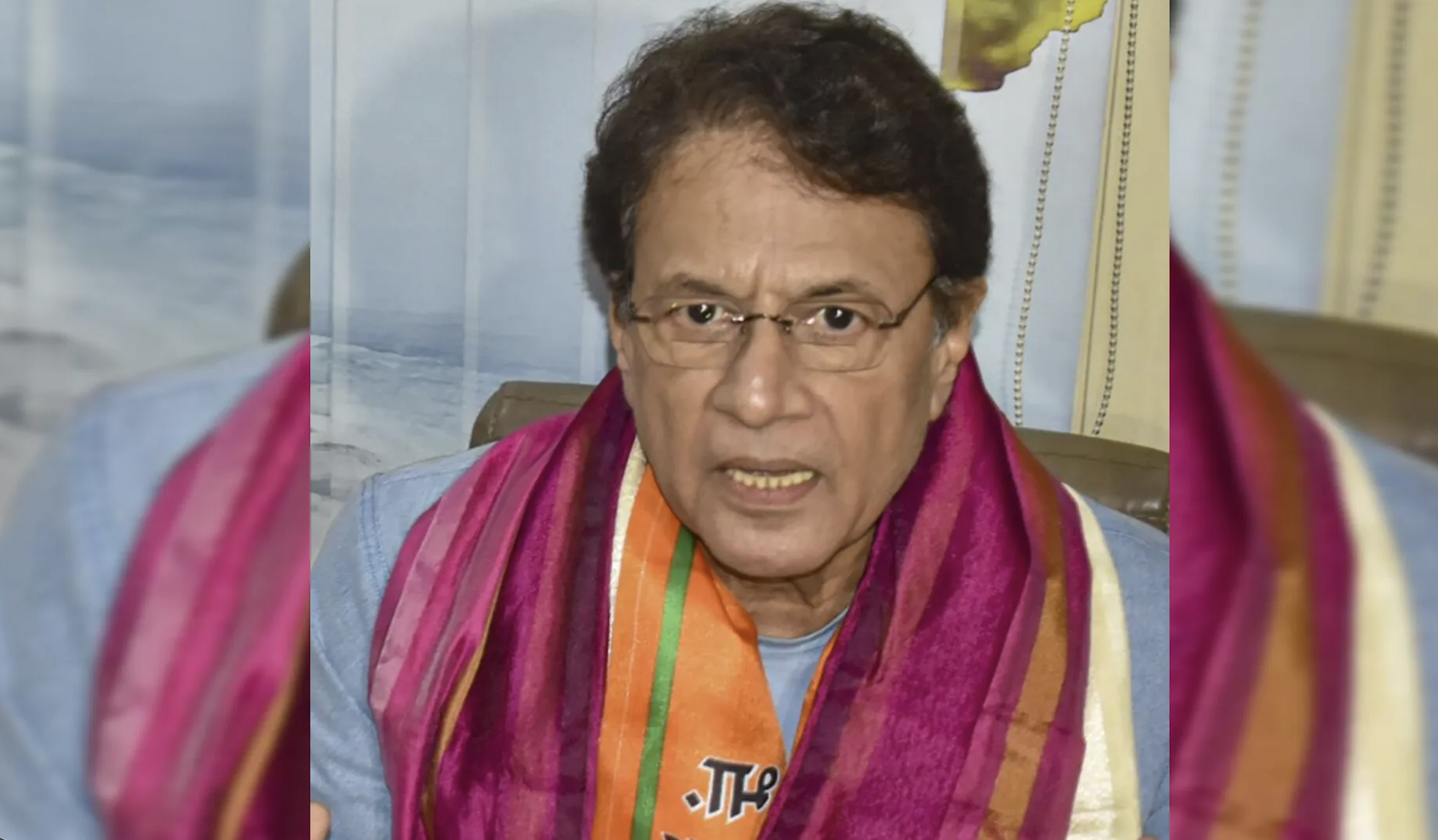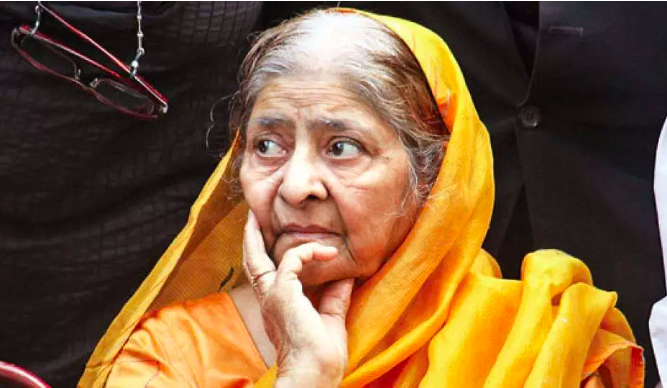
By Teesta Setalvad
Zakia Jafri passed away on February 1, 2025.
It was during tea with Zakia appa – where she tussled with her daughter-in-law about how many biscuits she could have – or the little meals we shared, where she would just hold my hand and stroke it, reaching out with empathy and mutual support. These are the memories that coming rushing back. It is as if we both knew and felt the enormity of the task we had jointly undertaken.
When we look back and take stock of the steely support from Tanveer bhai, Duraiappa (Durreshwar), Nargis, Najid bhai, the family and, not to forget, the dedicated team at Citizens for Justice and Peace (CJP), we couldn’t have known where it would lead – to some cracks in the otherwise hostile and unbreachable walls of accountability and justice? Or a cold rejection of a simple, hitherto unique plea –acknowledgement of the role of state actors as a murderous mob roamed unchecked for days?
February 28, 2002
I had first walked in alone into the charred remains of the Gulbarg society on March 4, 2002, armed with a small tape recorder and a notebook. Shards of broken glass bottles, tiny vials and their lids dotted the ground as I trudged across the eerie expanse where embers still burned.
No fire-brigade had come to its aid either on February 28 or at any point since then. I made my way to house number 19, Ahsan Jafri’s iconic home, heavy with the knowledge of what we knew until then of the man, his family, neighbours and his brutal death.
This story was originally published in thewire.in. Read the full story here.


